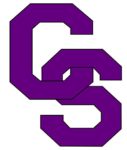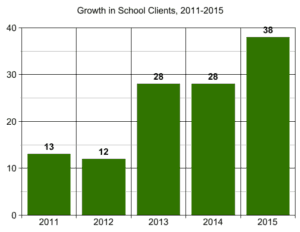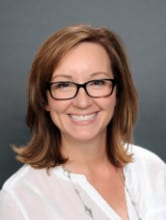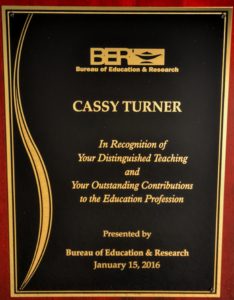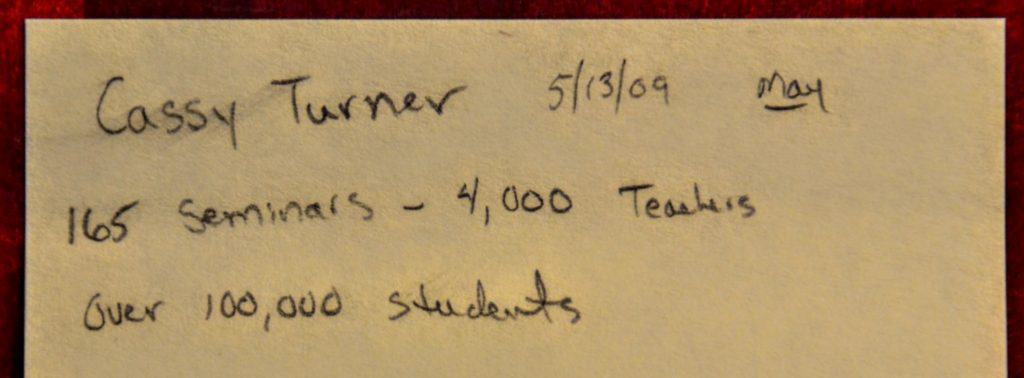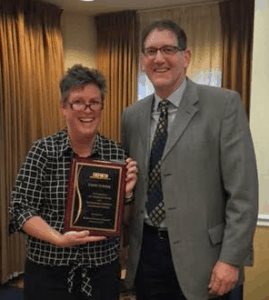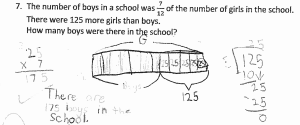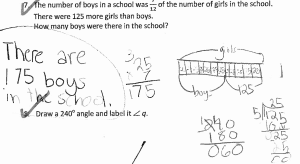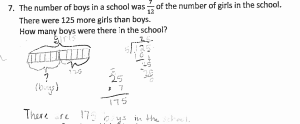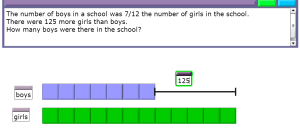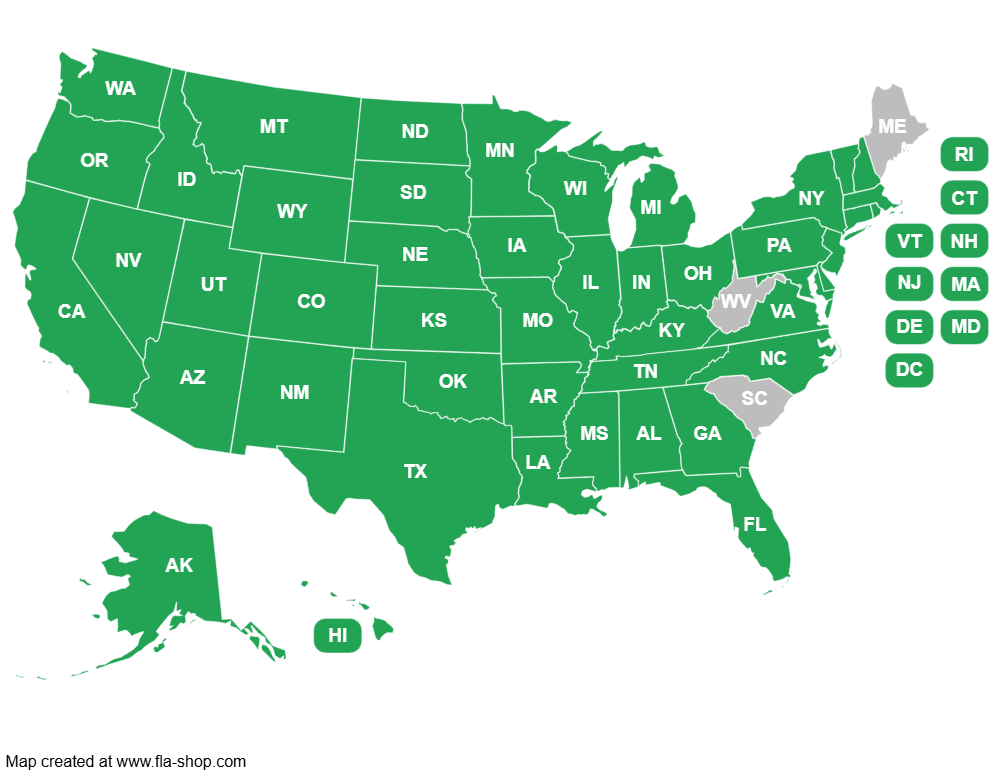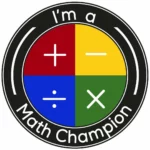As the popularity and influence of Singapore Math® programs grow, so does interest in focused professional development around Singapore-based concepts.
Each month, we receive dozens of inquiries from teachers and schools seeking training to ensure that they are using the curriculum as effectively as possible. We are in the process of planning future educational programs for teachers and schools, and would love to know how we can help you!
If you are interested in learning more about Singapore Math or taking your current math teaching skills to a higher level, please take a few minutes to complete this survey.
